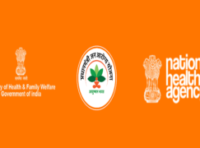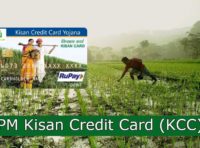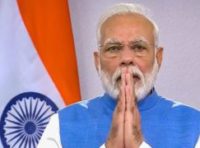Migration can be tough especially for those who do not belong to affluent families or who fall on the poorer spectrum of society. They begin without the basic necessities of survival – food, clothing, and shelter – which makes likes immensely difficult to get by. In order to help out migrants in our country, the government of India has initiated the National Tribal Migration Support portal which aims to offer assistance to migrants all the way down to the village level.
This undertaking of the government has been on for a while but it held the spotlight all the more with the onset of the lockdowns imposed by the Coronavirus outbreak.
Shram Shakti Portal – National Migration Support Portal
The Shram Shakti Portal or the National Tribal Migration Support will enable the central government of India to keep a database of migrants and to reach out to their assistance whenever the need arises in a much more streamlined manner. The data collection process is expected to begin with Goa being the first to put up a Migration cell in January 2021 followed by Odisha which would begin its data collation process from February 2021.
Features of the National Tribal Migration Support Portal
As there is no central database for migrants, there seems to be a standardized questionnaire that has been developed for the implementation of the scheme.
The questionnaire seems to be aptly punctured with thorough integration with the National Tribal Migration Portal and a mobile application also seems to be in the works by the Ministry of Tribal Affairs.
The Tribal Research Institute of India (TRI) in Odisha, along with the Civil society organizations is working on a standard operating procedure to gather data across villages in India.
What are the indicators for the Nationwide Tribal Migration Data at the Shram Shakti Portal?
The indicators for collecting the Nationwide Tribal Migration data at Shram Shakti Portal stand to be as follows:
- The basic socio-economic profile of the migrating tribes should be in accordance with the requirement of the scheme
- Skill mapping of tribals who are migrating to screen them for better jobs
- Migration patterns of migrants to get a better understanding of their wants and needs.
- The work profile of each migrant tribal.
- The daily income of the migrant tribal to basic sectors like health, education, and food during migration.
Goa receives an estimated 4 lakh migrants annually from states like Odisha, Jharkhand, Chhattisgarh, Bihar, UP, and Karnataka.
Summing it up
In the long run, considering how difficult migration has been, this scheme simplifies the process for thousands, if not millions. It not only offers assistance to people while migrating but it also offers them an avenue to earn a livelihood and get access to the essentials of human sustenance.
With this scheme in place, the Central government of India can now reach out to the aid of those who need it, and offer due assistance to one and all, without much of a hassle.


![[Apply] MEITY Cyber Surakshit Bharat Training Calendar, Course List, Online Nomination Process, Registration Dates | Digital India Training Management Information System](https://sarkariyojanas.com/wp-content/uploads/2021/07/Cyber-Surakshit-Bharat-840x560.jpg)





